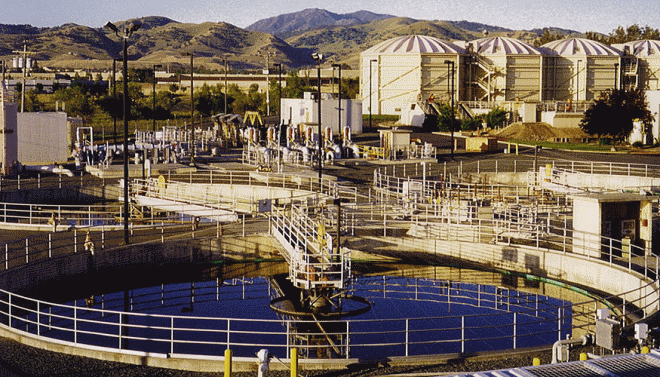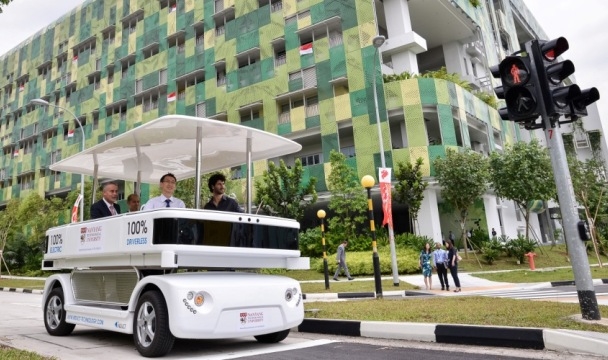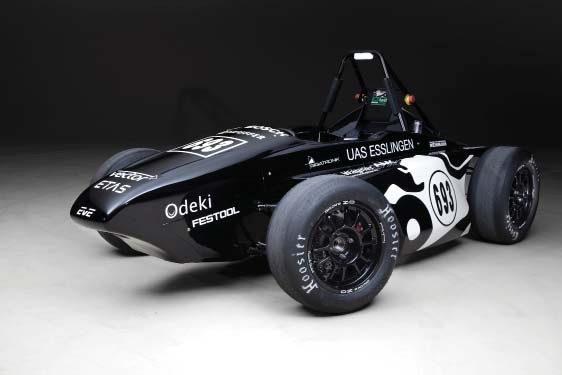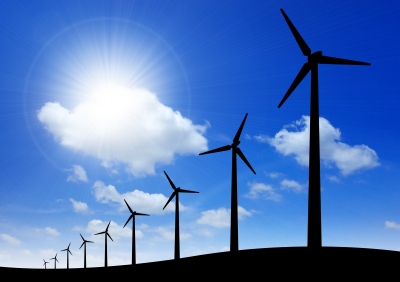September 09, 2013
Researchers from Lawrence Livermore National Laboratory (LLNL) and Florida-based Chemergy Inc. plan to demonstrate an innovative bioenergy technology that converts wastewater treatment plant byproducts into hydrogen gas to produce electricity.
The $1.75 million project will demonstrate an integrated system on a limited industrial scale at the Delta Diablo Sanitation District (DDSD) facility in Antioch, Calif.
"Our job is to lend our multi-disciplinary expertise in chemistry, engineering and materials science to model and optimize the efficiency of this new technology," said chemist Bob Glass, the LLNL project leader. "We want to use this demonstration project as a model to encourage the widespread use of biosolids for energy production."
The demonstration project will be funded jointly by the California Energy Commission and Chemergy, and sponsored by the Bay Area Biosolids to Energy (BAB2E) Coalition. DDSD is spearheading this renewable energy effort for the coalition.
According to coalition spokesperson Caroline Quinn, "The Chemergy technology is of interest because of its innovative approach utilizing a chemical process for high-moisture feedstock at moderate temperatures and at smaller scale than traditional conversion technologies. The coalition is specifically focused on combustion-free processes that can maximize the renewable energy potential of biosolids."
BAB2E is a consortium of 19 San Francisco Bay Area public agencies responsible for wastewater treatment that collectively serve more than 4 million customers. Other partners in the project are the U.S. Department of Energy Fuel Cell Technologies Office and the U.S. Department of Defense (DoD) Construction Engineering Research Laboratory (CERL).
The demonstration project will start in mid-October and Glass anticipates that in about a year the Antioch wastewater treatment plant will be processing one ton per day of wet biosolids and will be producing up to 30 kilowatts of electricity. The electricity, in turn, will be used to power select functions at the plant.
Chemergy uses a patent-pending technology that integrates two established chemical processes. First, thermochemistry is used to produce heat, carbon dioxide and a hydrogen compound from wet biosolids. Secondly, the hydrogen compound is decomposed to produce renewable hydrogen gas.
In this demonstration, the hydrogen gas will be used as a fuel and fed into fuel cells provided by CERL and the Department of Energy (DOE) - to generate electricity.
It is believed that the technology to be demonstrated by LLNL and Chemergy may convert wet biosolids into hydrogen at less than $2 per kilogram (one kilogram of hydrogen is equivalent in energy content to one gallon of gasoline), making it useful both for stationary power as well as for transportation fuel.
As part of the demonstration studies, the scientists will examine the system's performance and efficiency, and the durability of the materials, among other aspects of the technology, Glass said.
One reason LLNL researchers are well-suited to work on this project is because of their lengthy involvement in the DOE's hydrogen and fuel cell programs, where scientists have conducted major work on hydrogen production, storage, use and safety, Glass said.
"While the project has technological hurdles to overcome, it offers the potential for wastewater treatment agencies to diversify biosolids management options and reduce associated truck transportation costs, fossil fuel use and greenhouse gas generation, while producing clean energy," Glass said.

Researchers from Lawrence Livermore, Florida company plan to demonstrate bioenergy technology

Researchers from Lawrence Livermore National Laboratory and Florida-based Chemergy Inc. plan to demonstrate an innovative bioenergy technology that converts wastewater treatment plant byproducts into hydrogen gas to produce electricity. The demonstration will be conducted at the Delta Diablo Sanitation District facility in Antioch, Calif.













